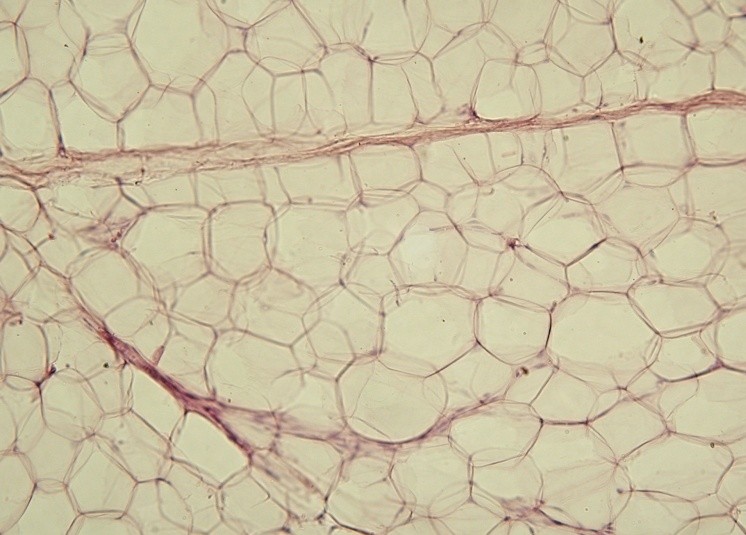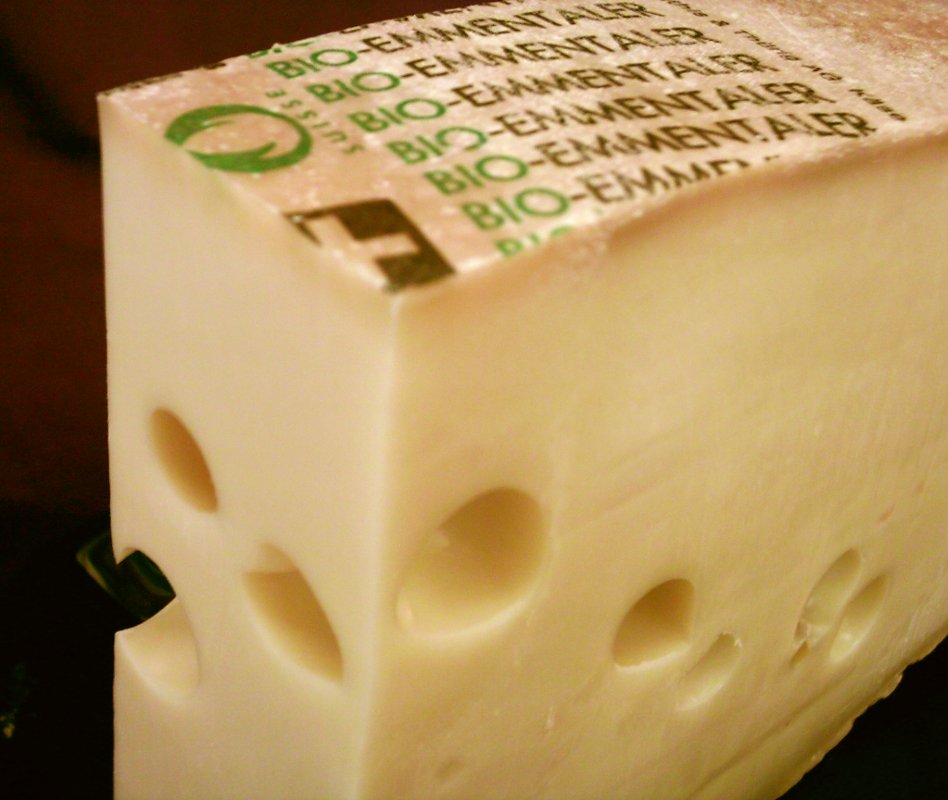"If one is going to make recommendations about how to optimize one's diet, one has to consider what kind of calories are going to take the place of those from saturated fat." - Ronald Krauss, M.D.
While few may characterize his research in such a way, Ronald Krauss has been investigating the law of unintended consequences as it applies to nutrition. Krauss has demonstrated, in obese people and people with impaired metabolism, that replacing dietary saturated fat with carbohydrate, especially refined carbohydrate, will not improve the overall blood-lipid profile, and will actually make it worse. Reducing one nutrient requires careful consideration of what it will be replaced with.
Denmark has introduced a tax on foods that are high in saturated fat. The tax will be applied to foods that contain 2.3% saturated fat, although it is unclear whether this means 2.3% of calories or by weight. Presumably, this tax is intended to reduce the production and consumption of foods that ostensibly lead to cardiovascular disease (CVD). But there are a few problems with this.
As I've written on my blog, the reduction of dietary saturated fat does not necessarily lead to reduced risk of cardiovascular disease. If you decrease a macronutrient, you must consume something in its place. Replacing saturated fat with polyunsaturated fat reduces the risk of CVD, but does not lower the risk of CVD mortality or total mortality. It is not certain whether replacing saturated fat with monounsaturated fat or unrefined carbohydrates will reduce CVD risk. And replacing saturated fat with refined carbohydrates - white flour and sugar - likely increases the risk of CVD. At the very least, a substitution with refined carbohydrates will expand the collective waist line of a population. And this is a problem, as Denmark's strategy will almost assuredly increase the consumption of refined carbohydrates.
For the past forty years, Americans have experienced what happens when saturated fat is demonized. Industry replaces saturated fat with either trans fats (because they mimic saturated fat) or with sugar (because palatability leaves with the fat). And how do home cooks replace saturated fat? They don't simply use canola oil rather than butter. Instead, they do what's easy: eat more carbohydrates and buy foods that are nothing more than industrially produced
oxymorons. Besides, the most obvious problem with today's diet is the lack of whole foods.
One of the first tenants of the food movement is to de-emphasize individual nutrients. Mark Bittman, a commentator for the
New York Times, would likely agree. Yet he readily
deplores saturated fat. What's more, Bittman conflates saturated fat with obesity. No one thinks saturated fat has anything to do with obesity - not the low carb crowd, or the calories counters. Public health authorities (and food policy commentators) need to get the facts straight about saturated fat, and then focus on the obvious.
The major problem facing nutrition and food is the processed carbohydrate, especially sugar. Table sugar, or sucrose, like alcohol, does not need to be consumed in any amount. It offers no nutrition and can (and likely does) only cause harm. But it is a wonderful treat and is part of our food culture - there's nothing wrong with some birthday cake - so like alcohol, it's a reasonable candidate for taxation. Saturated fat, on the other hand, comes from whole foods and is usually accompanied by important nutrients; not to mention that foods with saturated fat are delicious and also part of our food culture.
 |
|
I'm not just stubborn about food taxes (see picture above), or a nihilist about food policy. I want to go after the right target. So if taxes will be employed to reduce the consumption of deleterious foods, or to generate revenue to combat the economic burden of diet-related diseases, then let's finally get over saturated fat, and start going after the obvious problem - the 32 oz. sodas that people regularly mainline.






